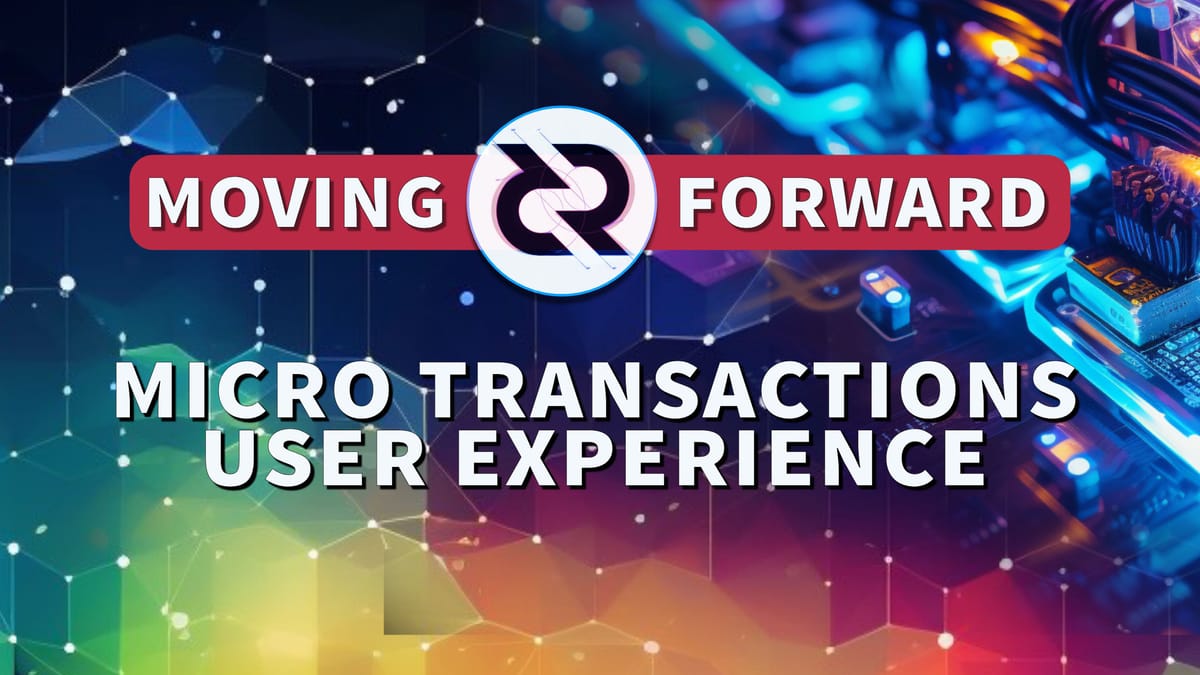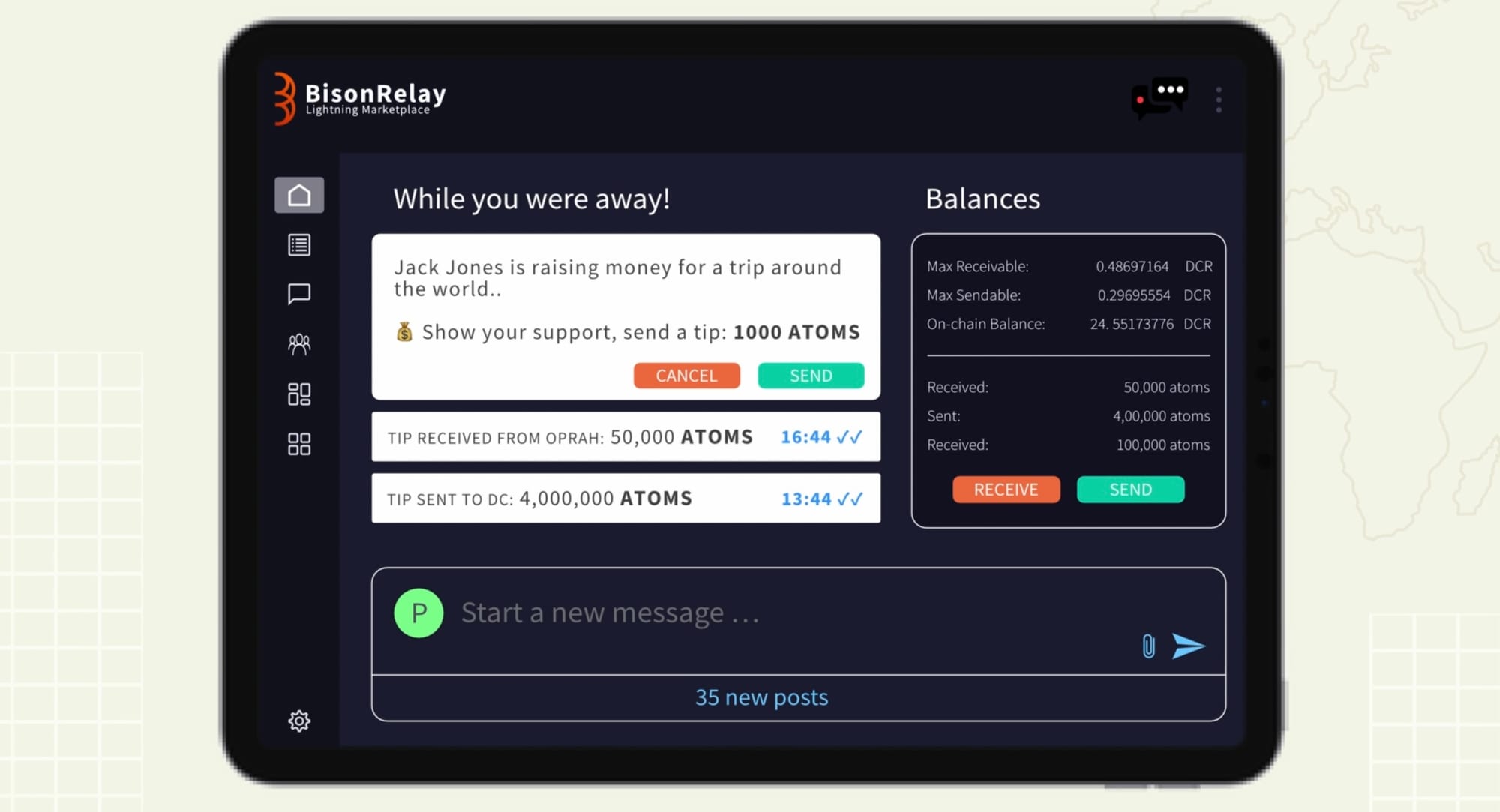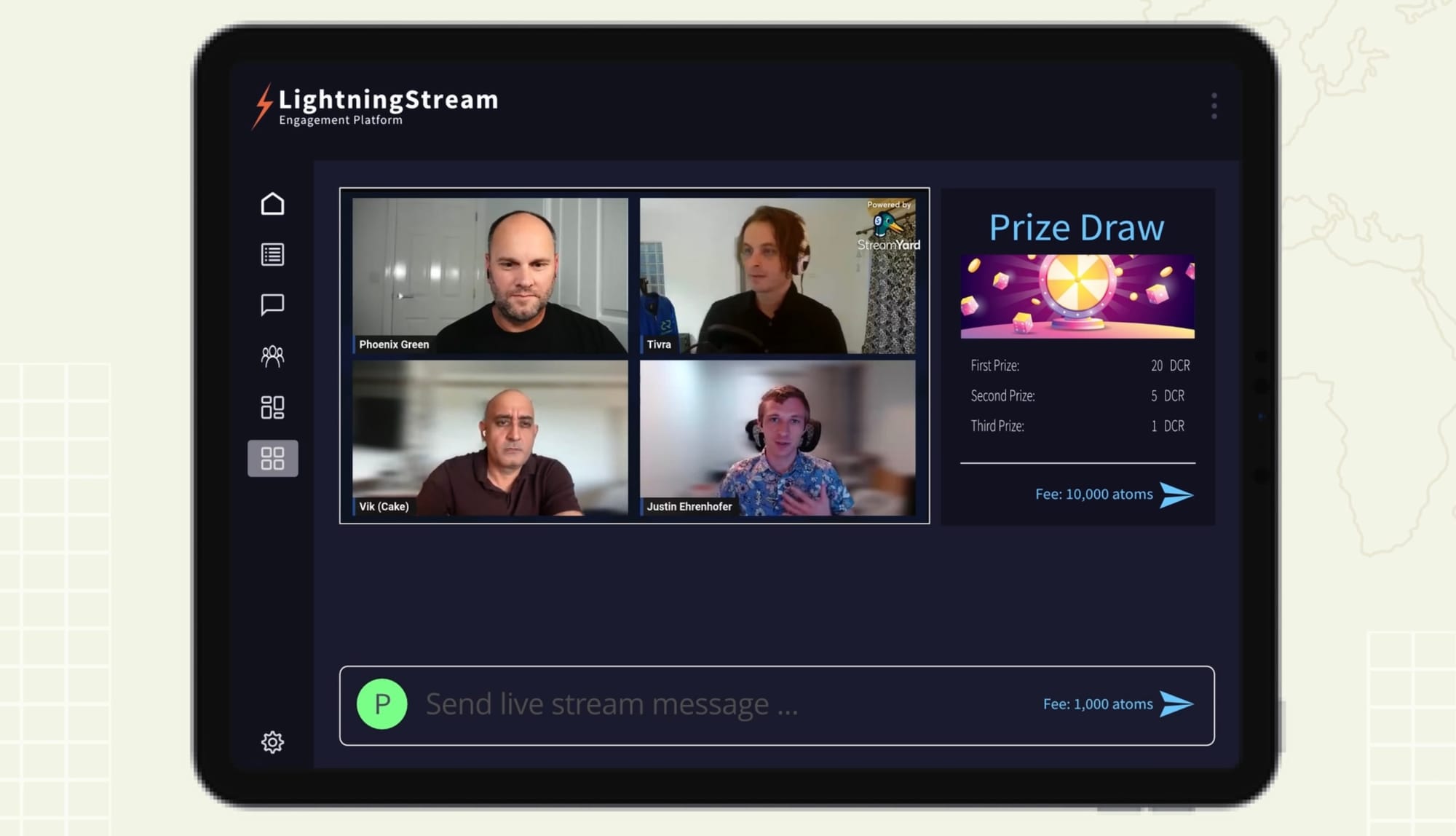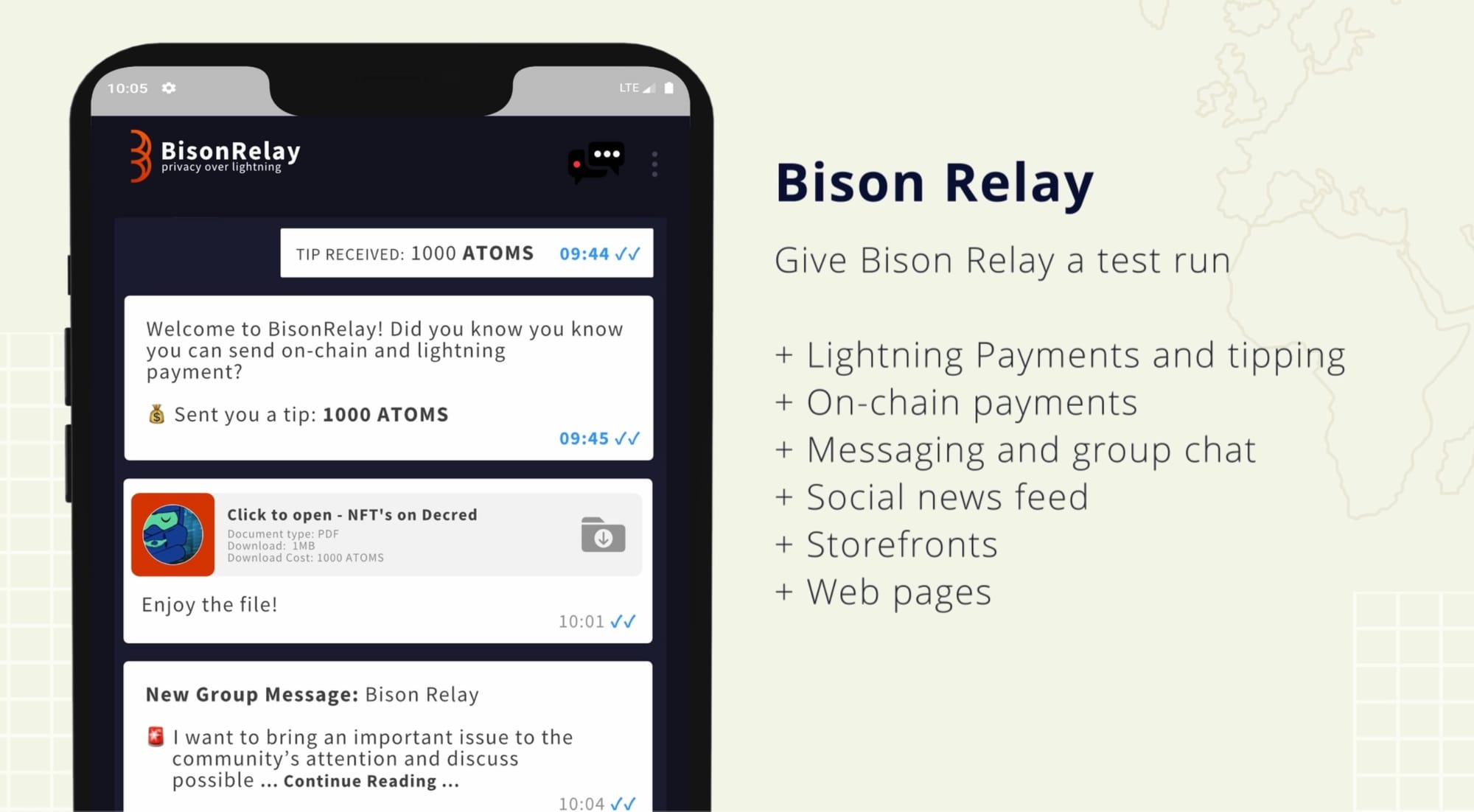Microtransactions and the user experience
I envision a world where microtransactions constitute the majority or all transactions on the blockchain. Decred is preparing for this future!

LISTEN TO THE PODCAST:
The big question, What can you do with microtransactions, and why could they be the number one use-case for all blockchains? In many respects, this is a significant step for blockchain technology. It’s the area of the tech that has completely failed to this point.
When people discuss blockchain scaling, they normally allude to the problem of getting a transaction confirmed quickly, cheaply and having enough block space to process plenty of transactions per second. This is indeed an issue, and is definitely one factor that has hindered mainstream and merchant adoption. No one enjoys services that are unpredictable, slow, and expensive.
Microtransactions are an intense reaction to this issue. Which basically says, “I want to take the smallest unit available on the network and send it to someone else on the network. The cost for this transaction should also be equal to or less than the smallest unit on the network. This should also happen instantly and have the capacity for hundreds of thousands of transactions per second!”.

Once this goal has been achieved, microtransactions can open up a world of possibilities, that mitigate the risks of long wait times and high fees. When your transaction is guaranteed to cost a single unit and complete instantly, confidence in using the platform will increase due to this streamlined and predictable user experience.
Let’s look at some initial use cases and why microtransactions will take blockchain technology from a niche payment network to an infrastructure that can be used by all.
Tipping
Tipping is an area for engagement that is massively under utilised. On a microtransaction social media platform, I could easily see tipping replacing the like button. If you like someone’s content, you give them a tip and this displays as an engagement indicator.
“If someone is producing content that you enjoy, show them with a tip”
A tipping mechanism could be an entry-level service for any payment platform. The goal is simple, send a relatively small amount instantly to someone who has added value to your experience. The added bonus is the whole tip, minus a single unit (0.00000001), goes to the content creator.

Audience Engagement
Using microtransactions as a livestream engagement feature. The use of comments, advertisement, and product placement is nothing new. But a livestream platform that embraces microtransactions could take this service to an entirely new level. Using microtransactions, users would be able to interact and engagement with the content with minimal effort or expense. This could include, posting paid comments, entering a prize draw, adding a discussion point to the live stream, participating in a giveaway, displaying in-show advertisements and displaying advertisements for commercial breaks.
The real beauty of a microtransaction platform is its low barrier to entry. Anyone can participate, and the setup and financial obligation are minimal.

Subscriptions, Newsletters, and Paywalls
Subscriptions, Newsletters, and Paywalls offer a great way for experienced people to share their knowledge and be paid for their efforts. But if you’ve ever run an online business, you probably already know how hard this is to set up and maintain. When you combine this with the ongoing expenses, it quickly becomes unprofitable and more hassle than it’s worth.
If you are someone who wants to deliver a service or a product, you don’t really want to get involved with all the other stuff that goes in-between. Your aim is to “make and sell” everything else should be considered as irrelevant, expensive, and an unnecessary complexity.
A peer to peer microtransaction platform would simplify this process and remove ongoing expenses. No more chargebacks, no more high fees for using a service, and no more complex infrastructure to set up and maintain.
Microservices & Gig economy
I’ve always been a firm believer that there are too many middlemen in our digital economy. In the productivity-driven arena of microservices and the gig economy, this is very evident, where each transaction gives a percentage of the payment to one or more middlemen.
In a peer to peer system that deals with microtransactions, there’s no need to pay a middle man to provide a service because you’re delivering it directly to the customer. And there’s no need to pay for the payment infrastructure and system costs because they are all built in. When you remove these ongoing expenses, you become competitive and profitable quickly.
Building a microtransaction platform
If you envision a world where blockchain technology is used frequently, it’s not that much more of a stretch to see that, microtransactions will play a considerable part in this development. I envision a world where microtransactions constitute the majority or all transactions on the blockchain.
With this future insight, the final consideration is, how is this achieved whilst remaining a peer to peer network? In my option, the solution for this can be found in off-chain processing that finalises on-chain. This will reduce the network bloat associated with processing hundreds of thousands of transactions per second and reduce the burden of running and maintaining the network.

For what it’s worth, Decred has already begun building this microtransaction future. With the specific aims of:
- Standardising transaction fees to a single unit per 1 KB of data
- Instant settlement for transactions
- Maintaining a lightweight peer to peer network
- Removing middle men and rent seekers
- Removing censorship
- and Preserving privacy
If you’re interested in a future where you are in control, and microtransactions are at the core of the technology, Bison Relay could be the platform you’ve been looking for.





Comments ()